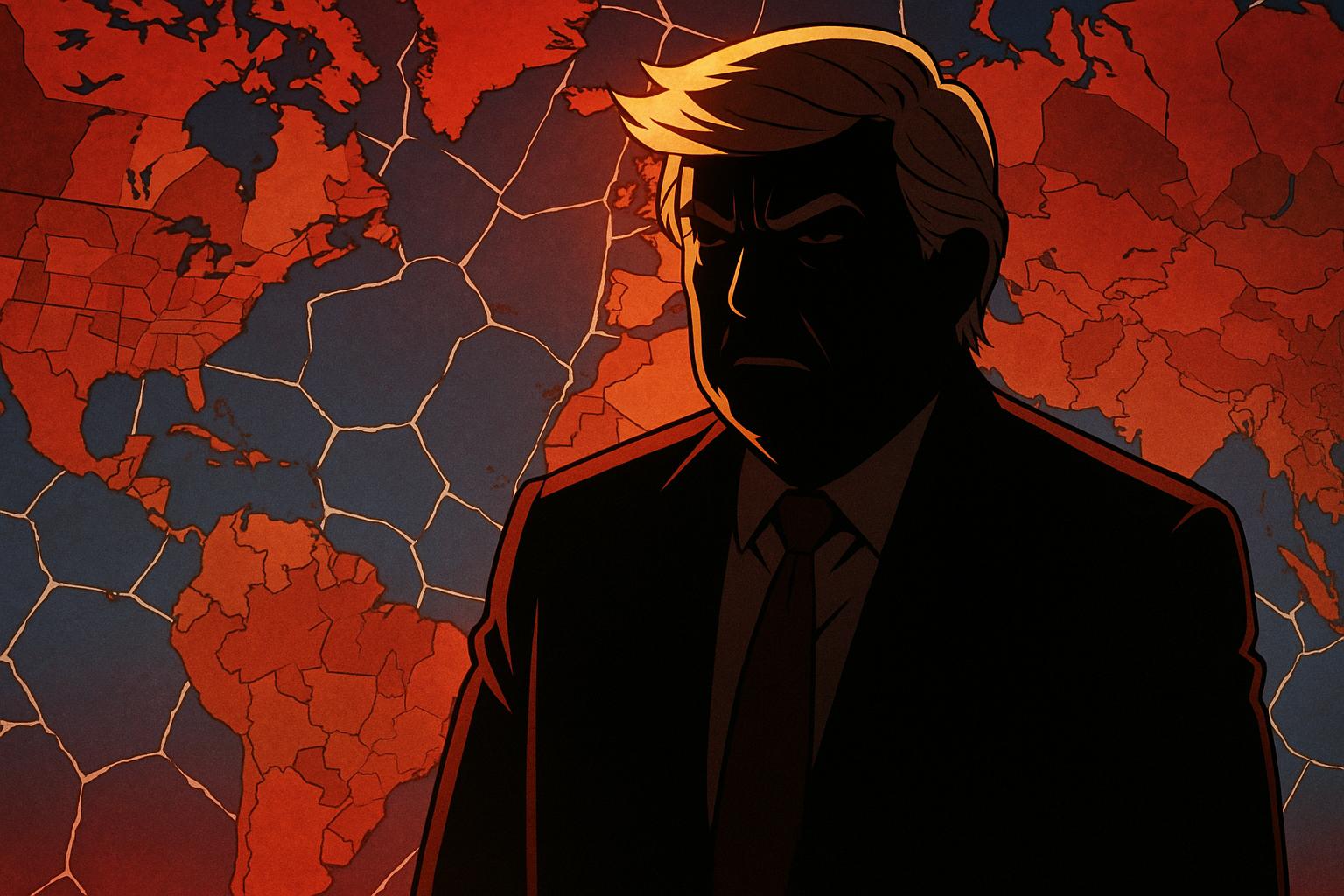The implications of Donald Trump’s second term as President of the United States on international trade and media production were starkly highlighted at the opening session of NEM Dubrovnik. Experts from various sectors gathered to discuss how this political climate is reshaping the landscape of television and content production on a global scale.
Guy Bisson, Research Director and co-founder of Ampere Analysis, opened the discussion by referencing a notable decline in global first-run series orders, which have decreased by 25% over the past two years. He indicated that the ‘new peak’ for television content has settled at 75%, suggesting a significant shift from the previous era of higher production volumes. Bisson remarked, “The mid-double digit growth year on year has now fallen to very low single digits,” signalling a broader crisis within the industry as it grapples with dynamic economic pressures.
One of the key trends identified during the session was the increasing trend of U.S. production companies seeking costs savings by relocating projects outside the domestic market—a phenomenon often referred to as “runaway production.” Bisson cited that U.S. companies are heavily reliant on international markets, with 54% of box office revenue originating from abroad, and this figure swells even further for transactional and subscription revenues, reaching 69% and 55% respectively. Notably, while Central Europe has been a significant beneficiary of this trend, it is critical that these arrangements are not jeopardised by potential policy changes under Trump’s administration, particularly with whispers of tightening regulations on international productions.
As the session revealed, while Europe has benefitted from U.S. companies looking abroad, the Middle East and Africa have suffered during the production slowdown of 2023-2024. Bisson underscored that should Trump implement measures to restrict international production, major European markets such as the UK, France, Italy, and Germany would be prime targets for loss of business.
The broader geopolitical context is stark: trade tensions between the U.S. and nations like China have intensified under Trump, complicating even the operational strategies of multinational corporations such as Apple. Under Trump's watch, Apple has been navigating steep tariffs while attempting to manage its substantial reliance on Chinese manufacturing. Despite efforts to expand production capabilities in countries like India and the U.S., shifting the entirety of its manufacturing infrastructure remains financially unfeasible. Industry analysts have noted that the tension reflects a larger predicament—balancing profitability in overseas markets against the political pressures of bringing production back to American soil.
Critics of Trump’s “America First” agenda warn that his policies could destabilise global markets. An analysis of recent tariff increases on imported steel and aluminium illustrates this risk. Experts predict that the doubling of these tariffs, expected to cost U.S. importers an additional $100 billion, will ripple through various sectors—from real estate to consumer goods—ultimately leading to price increases for everyday products and further straining existing supply chains. Economists caution that the adverse impact could be felt by U.S. consumers, particularly in industries that have relied on affordable foreign materials.
The anticipated strategic pivot towards domestic production has not come without scepticism. Reports indicate that announced investments, which Trump touts as exceeding $10 trillion during his presidency, are often overstated—many merely reiterate pre-existing plans rather than representing new capital commitments. This has raised concerns regarding their actual conversion into tangible projects, especially in light of economic uncertainty brought about by recent trade policies.
This sentiment of caution extends to the film industry as well. A recently proposed 100% tariff on foreign-produced films—initially suggested to combat the loss of domestic productions—was met with mixed responses. While the intention was to reinvigorate the struggling American film sector, many stakeholders felt that those measures, even when softened, could stifle industry recovery rather than foster it. Some voices have even advocated for more proactive incentives over punitive tariffs, stressing the importance of addressing systemic issues such as declining audience numbers and the lasting impacts of the pandemic.
As the realm of content production adapts to these complex trade dynamics, it remains increasingly important for industry stakeholders to consider how to mitigate the effects of these political and economic forces. While international collaboration landscapes shift, the future of production is undoubtedly poised at a precarious intersection of national policy and global market dynamics.
📌 Reference Map:
Source: Noah Wire Services
